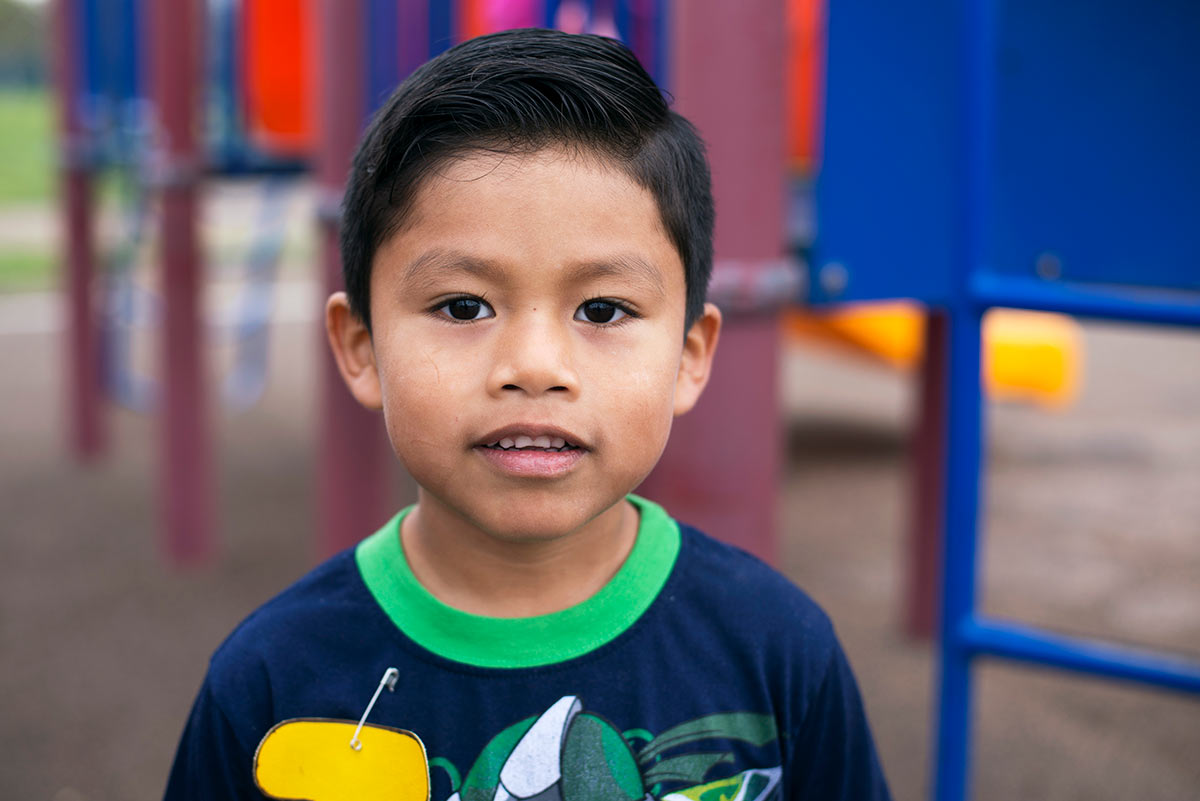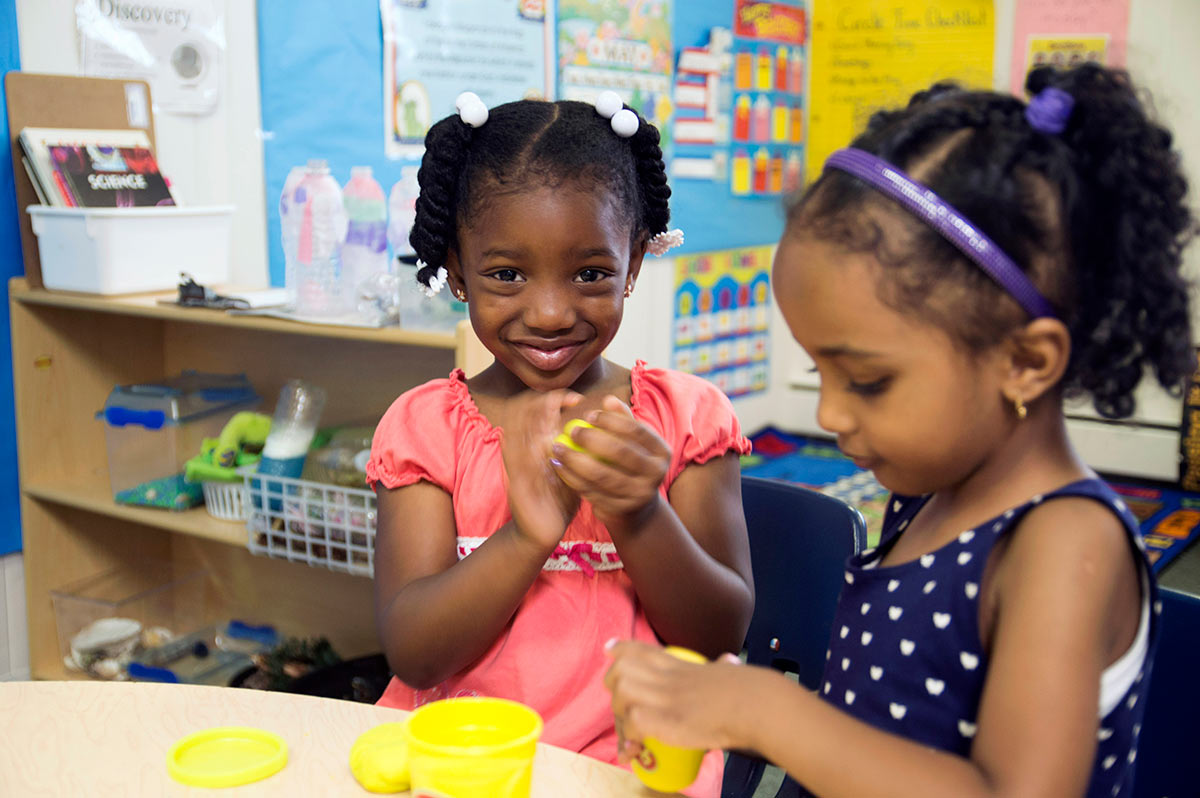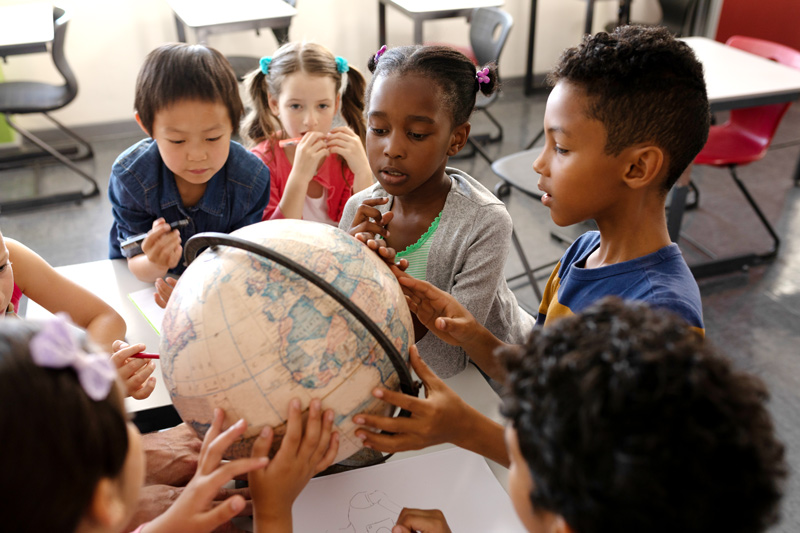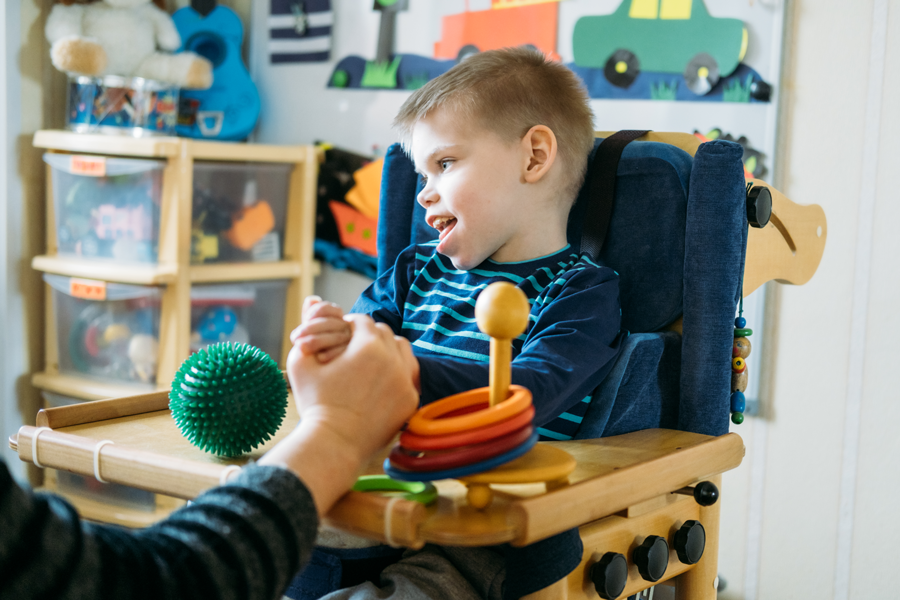The Classroom Assessment Scoring System® (CLASS)
Interactions matter. And, CLASS is the way to focus, measure, and improve your interactions to drive impact.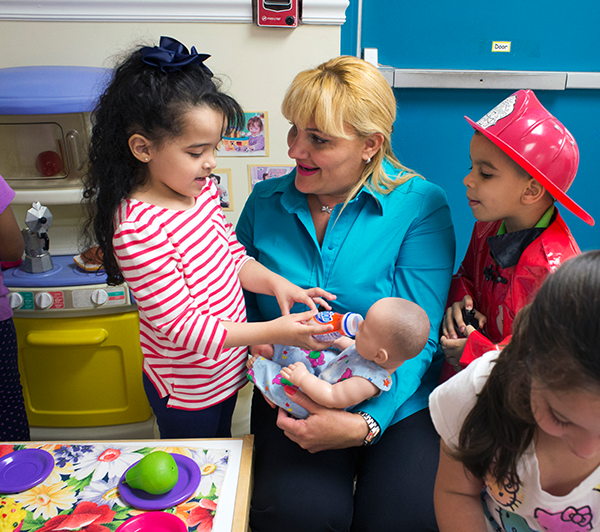
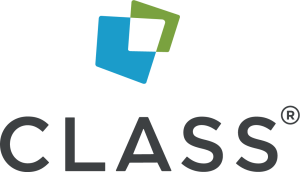
Single Focus. Big Impact.
CLASS not only defines teaching quality through the lens of interactions, it provides the ability to measure and improve the interactions that matter most for children’s outcomes. And, it’s a journey of continuous improvement that is data-driven.
As you implement CLASS, you will:
- Focus on high-quality interactions and create a shared understanding of quality in your program
- Measure the quality of interactions to create a system that enables data-driven improvement
- Improve teaching quality through tailored and individualized professional development
Learn more about the exciting enhancements coming to CLASS 2nd Edition and create a transition plan that works for your program!
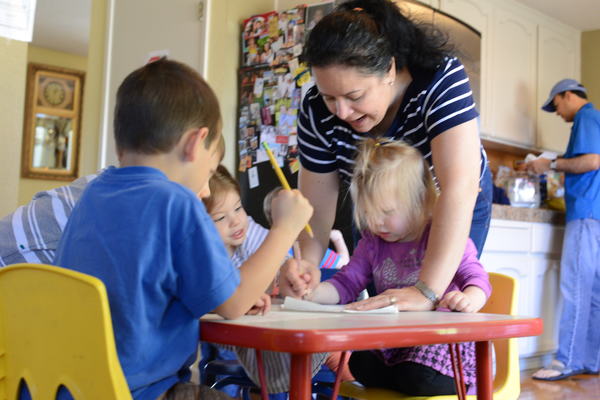
Make the Switch to CLASS 2nd Edition When You're Ready
Every program is on a different part of its quality improvement journey, and we recognize that transitions take time. We’re here to support your program as you make the move to CLASS 2nd Edition. We anticipate that programs may need up through the school year 2024-2025 to prepare.
During your transition period, we recommend:
- Learning about CLASS 2nd Edition.
- Training your observers and educators on the enhancements with this new version.
- Continuing using CLASS 2008 until you have set a date for when you plan to switch observations to CLASS 2nd Edition.
Create life-changing classroom experiences.
Learn how CLASS is used help each and every child thrive in school and life:
Family Child Care
Teachstone is committed to supporting family child care providers to ensure all children are exposed to effective interactions promoting learning and development.Head Start
Teachstone works with Head Start programs all over the country to ensure that children experience effective interactions and to support the educators working in those programs.International
Did you know that CLASS is being used in more than 50 countries around the world? You can find select CLASS resources and products in Spanish and French to support our ever-growing network. Learn more about the widespread reach of CLASS here.Children with Disabilities
As educators interact with children with disabilities, they connect in ways that cultivate emotionally supportive relationships, engage learners in ways that create a context for learning, and leverage instructional support tailored to the needs of each child to inspire learning.Improve interactions, improve child-outcomes.
There is a reason CLASS is the leading assessment tool in QRIS, and is the Office of Head Start’s chosen quality assessment tool — it works.
“Of the five individual quality indicators (typically in QRIS systems), the CLASS measure of teacher-child interaction quality consistently was the strongest predictor of children’s learning”

